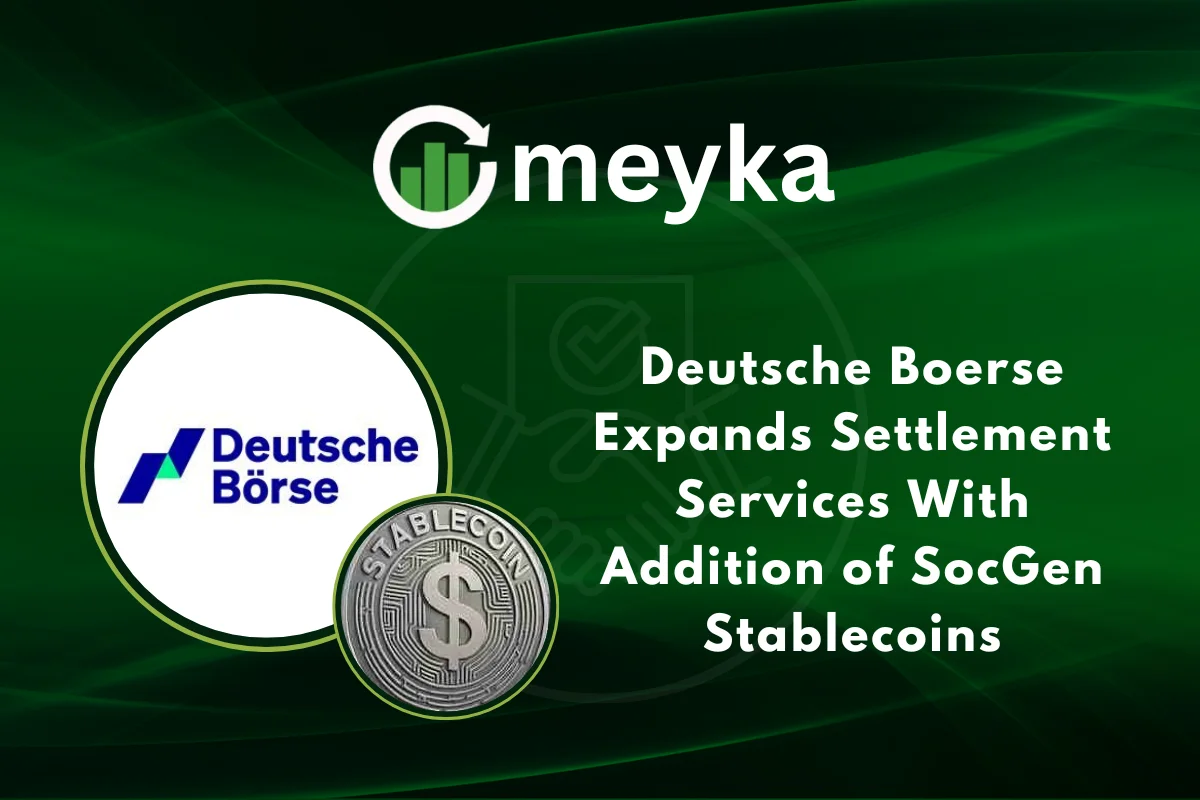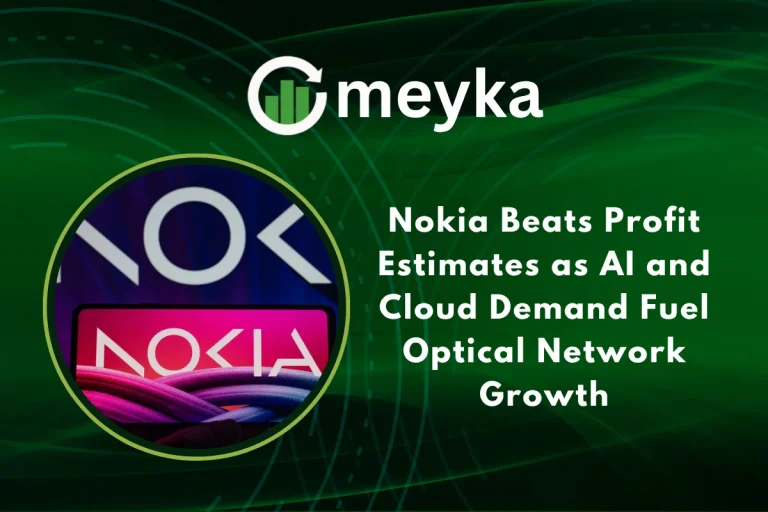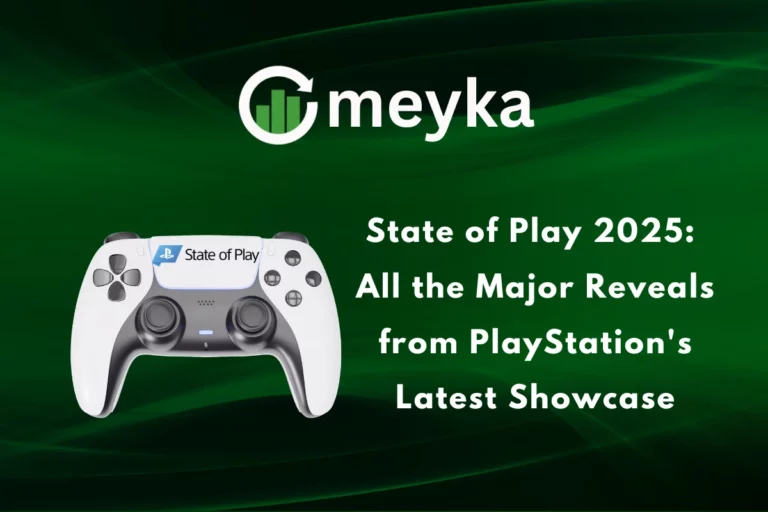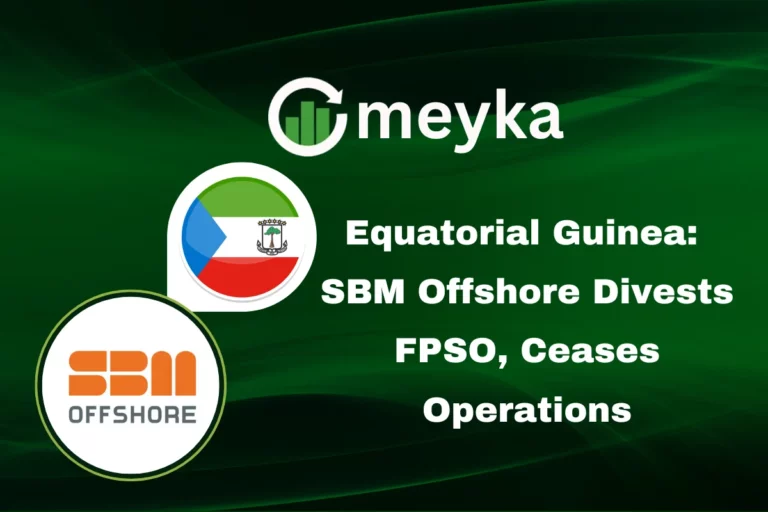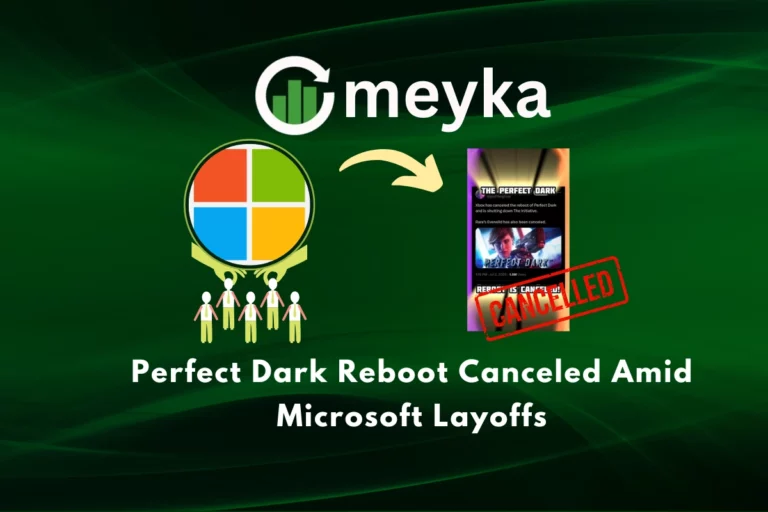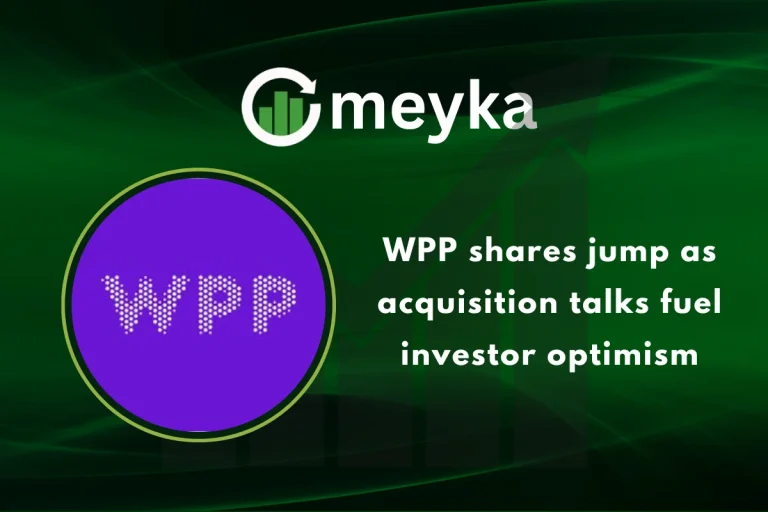Deutsche Boerse Expands Settlement Services With SocGen Stablecoins
Deutsche Boerse, Germany’s leading exchange operator, is making a bold move into digital finance by integrating Société Générale’s (SocGen) stablecoins into its settlement infrastructure. This step reflects a growing trend to blend traditional finance and blockchain, bringing regulated digital assets into core market infrastructure.
What Is Happening
Deutsche Boerse plans to add SocGen’s stablecoins via its Clearstream post-trade platform. According to the announcement, both a dollar-backed stablecoin and a euro-backed version developed by SocGen’s crypto arm SG-FORGE will be added to Clearstream’s custody services. This is the first time that SG-FORGE’s tokens will be fully integrated into a major financial-market infrastructure.
SocGen’s stablecoins are not new: SG-FORGE previously launched a euro-peg token called EUR CoinVertible (EURCV). More recently, they introduced a USD-pegged stablecoin called USD CoinVertible (USDCV), built on public blockchains such as Ethereum and Solana. The reserves backing this USDCV are held by Bank of New York Mellon, according to SG-FORGE’s press release.
Why Deutsche Boerse’s Move Matters
This is a big deal for several reasons. First, it shows Deutsche Boerse’s willingness to embrace blockchain technology and bring tokenized cash into its settlement process. Clearstream has long offered traditional post-trade services, but now it’s expanding to digital assets in a regulated manner.
Second, using stablecoins could make settlement faster and cheaper. By settling trades or collateral using tokenized currencies, institutions may reduce friction and cost compared to traditional banking systems. This is especially useful for collateral management and cross-border payments.
Third, it gives SocGen’s stablecoins more legitimacy. So far, SG-FORGE’s tokens have had limited use. By plugging them into Clearstream, Deutsche Boerse helps push these stablecoins into real financial workflows.
How It Works
Clearstream will support custody of these stablecoins, meaning clients can hold them securely in a regulated environment. Deutsche Boerse may also use them for settlement of trades or to manage collateral. Over time, as adoption grows, these tokenized assets could become a core part of Deutsche Boerse’s digital settlement architecture.
This integration also aligns with other industry moves: in a related effort, Deutsche Boerse signed a Memorandum of Understanding (MoU) with Circle, the issuer of USDC and EURC, to integrate those stablecoins into its platforms, including custody and trading infrastructure. The MoU emphasizes the use of Circle’s tokens to reduce settlement risk and improve efficiency.
Benefits and Challenges
Benefits:
- Speed: Stablecoin settlement can happen almost in real time, improving liquidity.
- Cost savings: Less reliance on traditional banking rails could lower fees.
- Regulation-friendly: SocGen’s tokens are issued by a regulated bank, which may ease compliance.
- Innovation: This move pushes Deutsche Boerse to the forefront of tokenized finance in Europe.
Challenges:
- Adoption risk: Though the technology is ready, many institutions may be slow to adopt tokenized cash.
- Regulatory uncertainty: While Europe’s MiCA (Markets in Crypto-Assets) regulation supports stablecoin adoption, regulatory clarity still matters.
- Liquidity concerns: SocGen’s stablecoins currently have relatively small issuance compared to giants like Tether or USDC.
- Operational risk: Integrating blockchain-based settlement demands strong technical infrastructure and risk controls.
Broader Implications for the Market
Deutsche Boerse’s integration of SocGen stablecoins could be a real milestone for regulated finance. It signals that major financial institutions believe in the utility of blockchain-based cash, not just for speculative trading but for core market functions.
For the financial markets, this move may encourage more token-based innovation. As infrastructure providers like Deutsche Boerse adopt stablecoins, other players, such as asset managers, banks, and clearinghouses, could follow. This could reshape settlement practices across Europe and beyond.
From a stock market perspective, the development might influence how investors view digital finance adoption. While Deutsche Boerse itself is not a typical “tech stock,” its embrace of stablecoins could put it in the spotlight for those monitoring AI stocks, fintech, and other forward-looking sectors. Meanwhile, stock research firms may begin factoring in how tokenization efforts affect long-term growth and infrastructure investment.
What This Means for Institutions
Institutions like hedge funds, asset managers, and banks may now access a regulated way to hold stablecoins as collateral or cash-equivalent assets. They can benefit from on-chain settlement without taking on unregulated counterparty risk. Tokenized cash also opens doors for more efficient cross-border transactions and improved collateral optimization.
As token adoption grows, institutions could reduce their reliance on conventional cash pooling and instead use stablecoins for intraday settlement, funding, or margin posting, all in a secure, regulated environment.
Future Outlook
Looking ahead, Deutsche Boerse is likely to expand its stablecoin infrastructure even further. If SocGen’s tokens gain traction, additional use cases may emerge, such as automated collateral management or real-time settlement for tokenized securities.
Meanwhile, regulatory clarity under frameworks like MiCA will be essential. As Europe’s digital asset regulation evolves, Deutsche Boerse may serve as a blueprint for other exchanges and post-trade providers seeking to bridge traditional and digital markets.
The collaboration between Deutsche Boerse and other stablecoin issuers, such as Circle, underscores a broader push toward integrating token-based solutions into regulated finance. This could help build a new, more efficient financial ecosystem, one in which blockchains support real-world finance on a large scale.
FAQs
Deutsche Boerse is integrating Societe Generale’s SG-FORGE stablecoins: a euro-backed token (EURCV) and a dollar-pegged token (USDCV).
Stablecoins can make settlement faster, cheaper, and more efficient by reducing reliance on traditional banking rails. They also help mobilize digital collateral in regulated markets.
Major risks include low adoption, regulatory changes, limited liquidity of SocGen’s stablecoins, and operational challenges related to integrating blockchain-based infrastructure.
Disclaimer:
The content shared by Meyka AI PTY LTD is solely for research and informational purposes. Meyka is not a financial advisory service, and the information provided should not be considered investment or trading advice.
